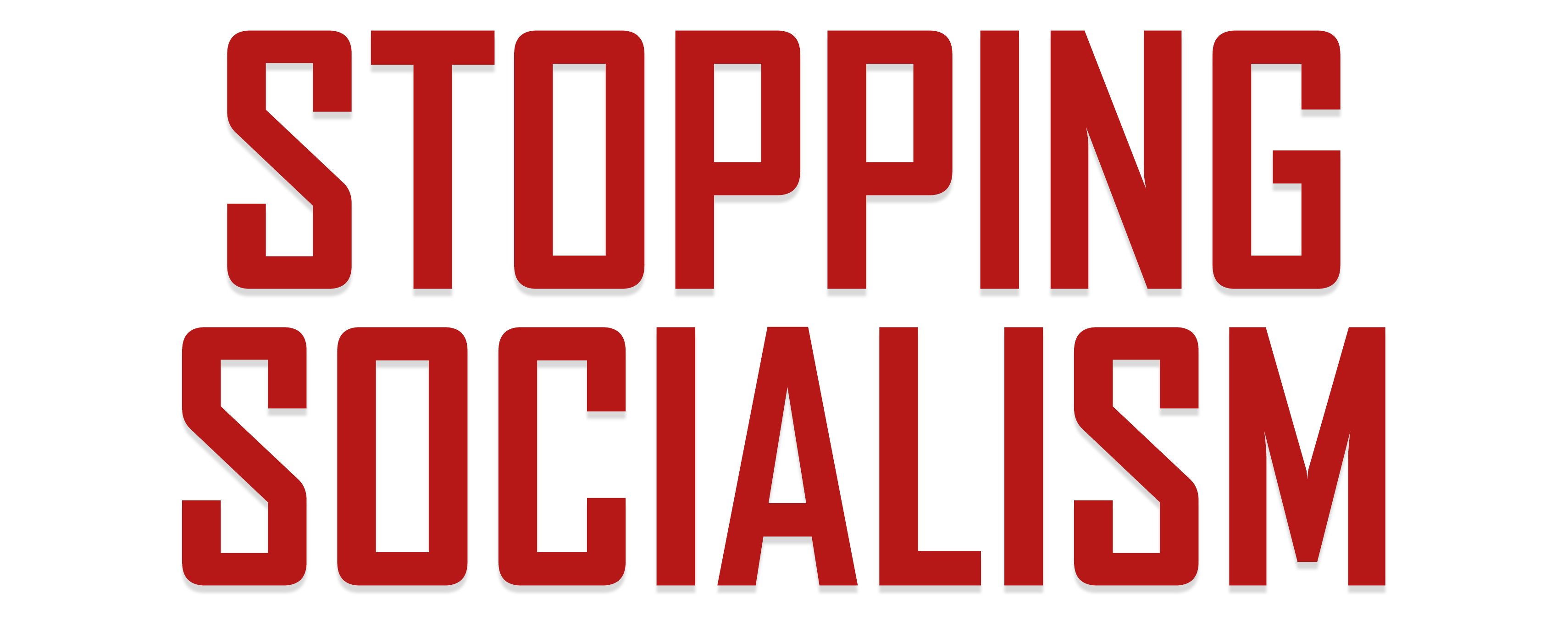In 1967, then-Governor Ronald Reagan signed the legislation that created the California Air Resources Board (CARB.)
One of CARB’s primary tasks, as the name implies, was to assist in reducing the terrible smog that plagued Los Angeles and, buoyed by the singing of the Clean Air Act by then-President Richard Nixon in 1970, it without question made significant progress.
For example, in 1980 Los Angeles had 80 “good/moderate” days of air quality and 159 days of “very unhealthy/hazardous” air quality. By 2021, those numbers had been more than turned upside down, with 269 “good/moderate” days and only one hazardous day in the year. In fact, the numbers show vast improvement by the early 1990s (it should be noted that smog has been a problem in the Los Angeles basin for, well, ever; one of the worst smog days on record occurred in 1903 and Spanish conquistadors noted how the basin captured the fires of the indigenous peoples.)
So CARB and the Clean Air Act did their jobs; kudos to Nixon and Reagan.
However, it is extremely unlikely that Reagan could have foreseen that in 2023 CARB – in its never-ending and monomaniacal quest to scrub every molecule of air no matter how expensive, intrusive, and absurdly utopian it may be – would be involved in placing excess methane detection satellites – “Fartniks,” if you will – into space.
If nothing can even be completed, no goal fully realized no matter how much time, energy, and money is put towards that end, then it is possible that the snide remark of “good enough for government work” may actually be, in practice, a good standard for regulatory agencies to follow.
At what point, when very significant progress is made towards solving an essentially unsolvable problem – unless you eliminate most humans and dial the state of civilization back a few hundred years – is a government agency “done”?
In other words, when is government work good enough? When have the returns diminished to the point where the effort is no longer needed?
Apparently never, especially when an agency can keep extending its own goalposts in order to justify its continuing existence. CARB, of course, found climate change (and, of course, racism) as its new white whale a few years ago and, since by definition the climate (not the weather) is always changing, it can never “declare victory” and close up shop.
CARB is not the only example of a government (or private non-profit) that actually could almost certainly pretty much be eliminated, thereby saving taxpayers billions of dollars with little or no negative impact on everyday life.
At the federal level, there are dozens (really probably hundreds or maybe just one really, really, really big one) of examples of programs. From the $400 million per-year Rural Electrification Administration (started in 1935 when it was actually needed but for some reason is still around) to the Depression-era Export-Import Bank, which loans money mostly to big corporations that can get money elsewhere; the government – at every level – is riddled with obsolescence (putting aside for the moment the discussion of if the programs were needed in the first place.)
This occurs because government programs – at any level – are extremely difficult, if not impossible, to actually eliminate once they are up and running. Even the smallest and silliest project has its supporters in and outside of government.
For example, while it may seem odd that government funds are used to study the mating habits of snails, things like that are only tiny parts of the billions of taxpayer dollars the government gives to universities and research institutes every year. And, make no mistake, those universities and institutions will defend to their last breath every dime they get even if they agree that they are small and silly projects.
The recent Biden administration move to create a massive Diversity, Equity, and Inclusion inter-departmental project is a very telling example of a government initiative that will almost assuredly be impossible to get rid. Any move to even trim the idea will be met with howls of, “Racism!” from the already built-in outside stakeholder groups that stand to benefit from the increased power, influence, and massive funding it will afford them.
Coupled with this mission creep is, of course, the concomitant regulatory creep, with CARB being a prime example. But this phenomena can be seen throughout government – California now requires each individual standalone single-family home be outfitted with an internal, commercial grade fire sprinkler system, even though (wildfires aside) more than 90 percent of all firefighter call-outs in the state are for medical rather than fire-related reasons.
From parts per million chemical standards to parts per billion, from having to wear seatbelts to systems that will not let you operate your car if the car thinks you might be drunk and from “two weeks to stop the spread” to a primal gutting of American life in the name of safety, the slippery slope snowballs pervade public life.
The private(ish) sector is not immune to organizations redefining their journeys the make sure they never end.
Take, for example, the March of Dimes. Originally started as an effort to both find a vaccine against polio and to help those already stricken, the organization in the early 1960s was facing a dilemma. With the vaccines (real vaccines that actually kept you from getting polio, by the way) pretty much eradicating the disease, the group was faced with a choice: declare victory and essentially close up shop or continue forward and not waste the fundraising and organizational skills and socio-political capital they had built up over the previous 30-odd years. They chose the latter and continue to this day as a very well-respected and important group, leading various initiatives to fight numerous childhood maladies – just not polio.
In the March of Dimes case, they unquestionably made the right call and they continue to serve a vital function. But, respectfully, to state that there were no, shall we say, personal motivations involved in that decision strains credulity. (For a deeper look, see here).
It can be argued that the government of diminishing returns has at least one “positive” aspect – it keeps people busy. Now that the nation has turned into a service/regulatory economy, one can only imagine what the unemployment rate would be if there was no middling make-work to do. It’s the same reason the flat “so simple you can do it on a postcard” income tax concept dies a grisly death every few years – millions of people depend upon the complexity of the tax code for their livelihood.
This problem reminds one of Zeno’s Paradox, a thought experiment that posits if a person moves halfway closer to their goal with each step they will never finish their journey because, no matter how minuscule the distance that remains, they can only travel half of it.
Similar to the law of diminishing returns, the paradox – while a reductio ad absurdum exercise – clearly asserts that nothing can ever be finished – now apply this idea to government agencies, especially agencies that purposefully extend the length of the “journey,” and you can see immensity and near-intractability of the problem.
In other words, even if California’s array of “Fartniks” do not detect any rogue methane ever, they will still be up there, circling and waiting, and the taxpayers will still be paying for them … possibly forever.

Thomas Buckley
Thomas Buckley is the former mayor of Lake Elsinore, California and a former newspaper reporter. He is currently the operator of a small communications and planning consultancy and can be reached directly at [email protected]. You can read more of his work at: https://thomas699.substack.com/





